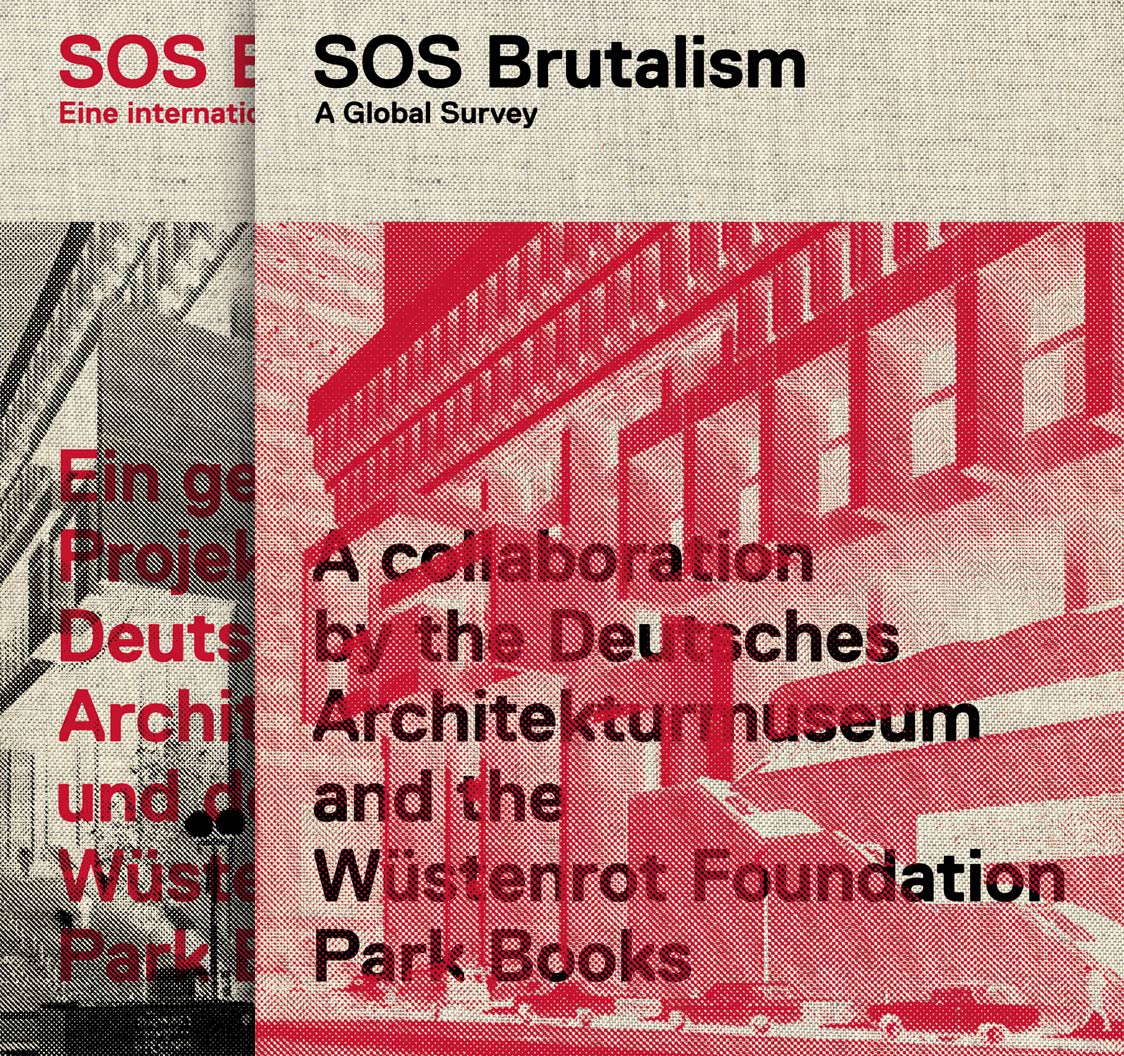With a database of this size, there are various intricacies in categorization and classification. The glossary gives a brief overview of the fundamental considerations and helps provide answers to the most frequently asked questions.
Annual figures
We try to provide start and end dates for each project. Where start dates are concerned, we differentiate between design and the start of construction. The chronological list is based on the start year (where known). The reason behind this is that in chronology, our prime consideration is establishing where and when ideas surfaced. Here we believe that the start date is more significant than the completion date.
Heritage listings
Laws on protection of monuments differ from country to country. Thus England and Wales differentiate, for example, between buildings assigned a Grade I (buildings of exceptional interest), a Grade II* (particularly important buildings of more than special interest) and a Grade II (buildings that are of special interest, warranting every effort to preserve them). As a rule, we categorize heritage-listed buildings as “saved” (blue). However, we are aware that the heritage status alone is not necessarily sufficient to preserve a building in the long term. Where we identify in individual cases that a project has been neglected or poorly renovated despite its heritage listing, we take this into account in the categorization.
Hashtags
In order to make the database easier to search through and to highlight interesting correlations, each entry also includes key words labelled with hashtags. You can also carry out direct searches based on these key words and display, for example, all #ConcreteMonster projects.
Some keywords are self-explanatory:
#Brick, #BunkerShape, #CastInPlaceConcrete, #ClusterStructure, #ConcreteLandscape, #ConcreteMonster, #EdgeCase, #ExtraSmall, #Highrise, #InfiniteRepetition, #InvertedPyramid, #Iron, #MachineAesthetics, #Megastructure, #Monolith, #PartlyPrivatised, #Plaster, #Precast, #Private, #Public, #Sculptural, #Wood
Other keywords require a little explanation:
#Banham1966 As described in the introduction, the book “The New Brutalism: Ethic or Aesthetic?” (1966) by Reyner Banham is the first and the most fundamental publication on the topic of brutalism. For this reason, all the projects that appear in it are marked with this hashtag.
#FoldedPlate Folded exposed concrete walls were first used by Eugène Freyssinet 1916–1923 for a hangar in Orly. Marcel Breuer advanced the method for
St John’s Abbey Church in 1950 and in its wake the concept became popular. In the period that followed, this form of wall was applied in a whole series of hall-like buildings.
#Forerunner Some projects in the database perhaps don’t look particularly brutalist at first glance. One example is Louis Kahn’s
Yale Art Gallery, yet such buildings still represent key works which later brutalist architects referred to time and again. Others, like the
Goetheanum (1923–1928), date from much earlier, but could perhaps nevertheless be labelled as a kind of “proto-brutalism” when viewed from a brutalist perspective.
#HouseWithAFace In some façade geometries, with a little imagination it is even possible to see the features of a human face!
#LaTouretteType Le Corbusier’s
La Tourette Monastery was the foundation for an entire architectural style. The most famous building to echo it is
Boston City Hall, which builds on the basic structure to create something monumental, and likewise influenced many subsequent projects. Thus plenty of #LaTouretteType candidates could also be labelled with #BostonCityHallType.
#Metabolism In Japan, Metabolism is actually an architectural movement of its own. Here buildings are perceived as organisms and designed as supply systems with metabolic analogies. Some buildings could, however, be described as both brutalist and metabolist.
#MovieSet Buildings that have once served as a film set.
#Pilotis Another structural element Le Corbusier made popular. The idea of a building being elevated was applied time and again as a stylistic device in brutalism.
#Stepped Buildings with terraced storeys.
#TempleType Like the #LaTouretteType, some projects are reminiscent of ancient temples.
#UnitéType Le Corbusier’s
Unité d’Habitation also inspired a series of similar elevated slab-based high-rises.
For the basic subdivision, we have adopted a system from Emilia Terragni, Helen Thomas (Ed.): 20th-Century World Architecture. The Phaidon Atlas (London 2012):
#COM Commercial Buildings
banks, broadcasting facilities, cinemas, conference centres, exhibition
centres, factories, farm facilities, markets, mixed-use, nightclubs, offices,
research facilities, restaurants, retail, stock exchanges, wineries
#CUL Cultural Buildings
art galleries, arts centres, community centres, concert halls, cultural
centres, exhibition centres, libraries, memorials, museums, theatres
#EDU Educational Buildings
higher education institutes, research facilities, schools, student
housing, training facilities, universities
#GOV Government Buildings
cultural centres, embassies, government facilities, government resi
#PUB Public Buildings
fire stations, medical facilities, planetariums, post offices
#REC Recreational Buildings
cinemas, leisure facilities, swimming pools, zoos
#REL Religious Buildings
cathedrals, cemeteries, chapels, churches, crematoria, mixed use, monasteries,
mosques, schools, temples
#RES Residential Buildings
mixed use, multiple housing, orphanages, single houses, social
housing
#SPO Sports Buildings
gymnasia, stadia
#TOU Tourism Buildings
hotels, tourist attractions
#TRA Transport Buildings
airports, railway stations, toll buildings
World regions
The world regions are subdivided as follows:





